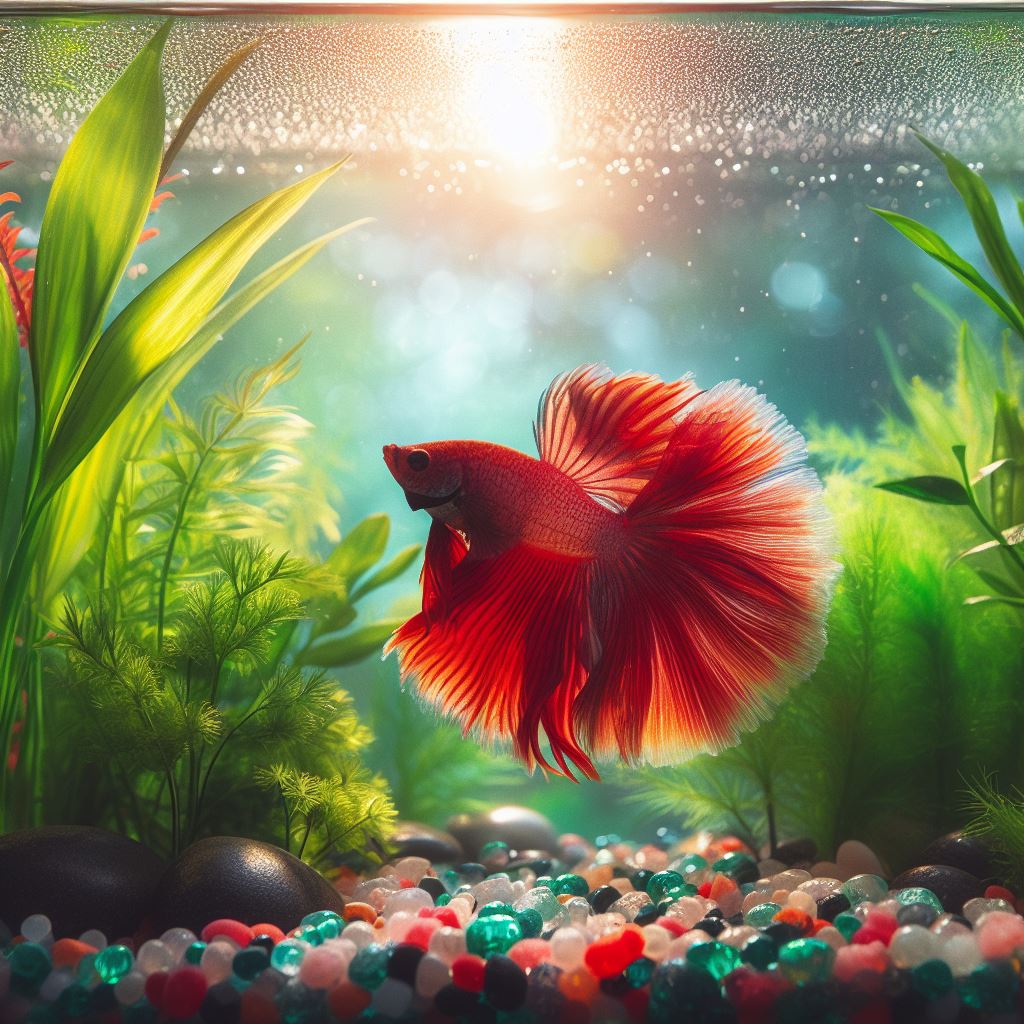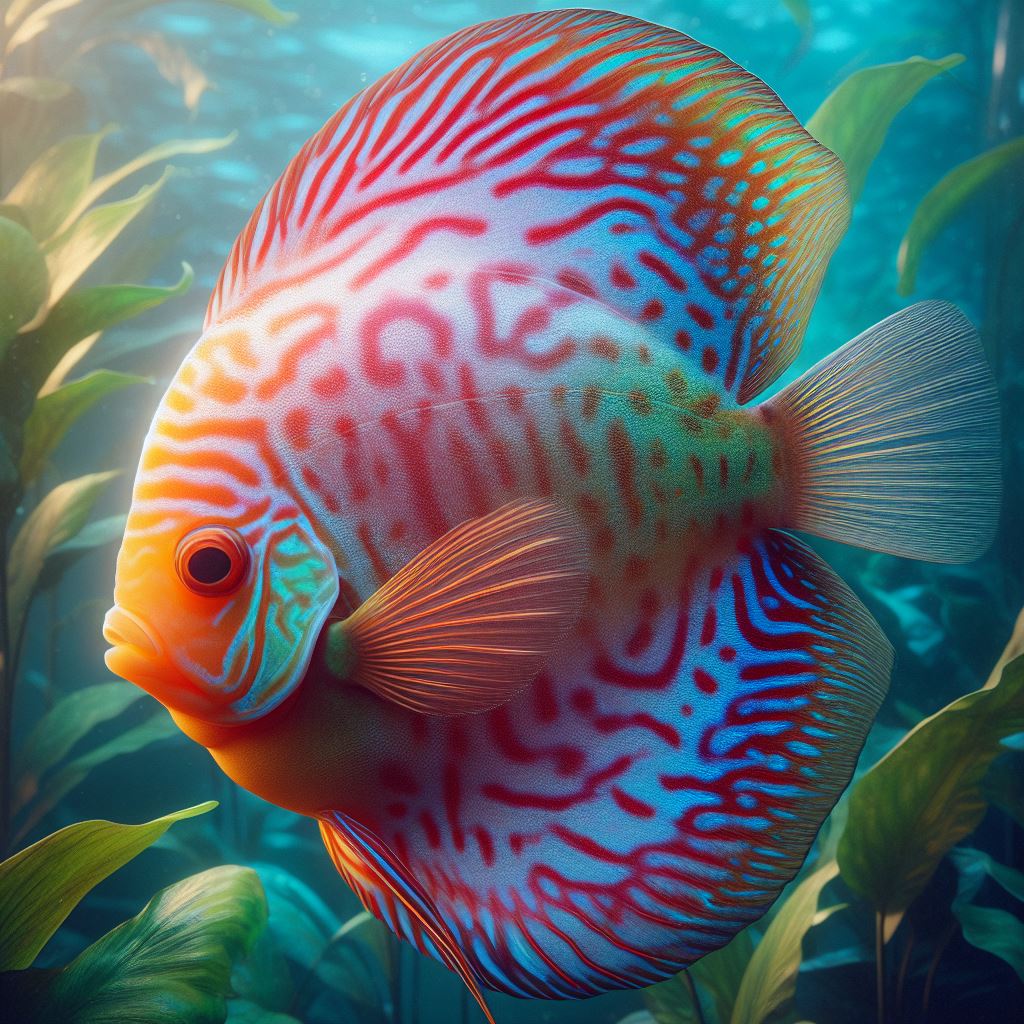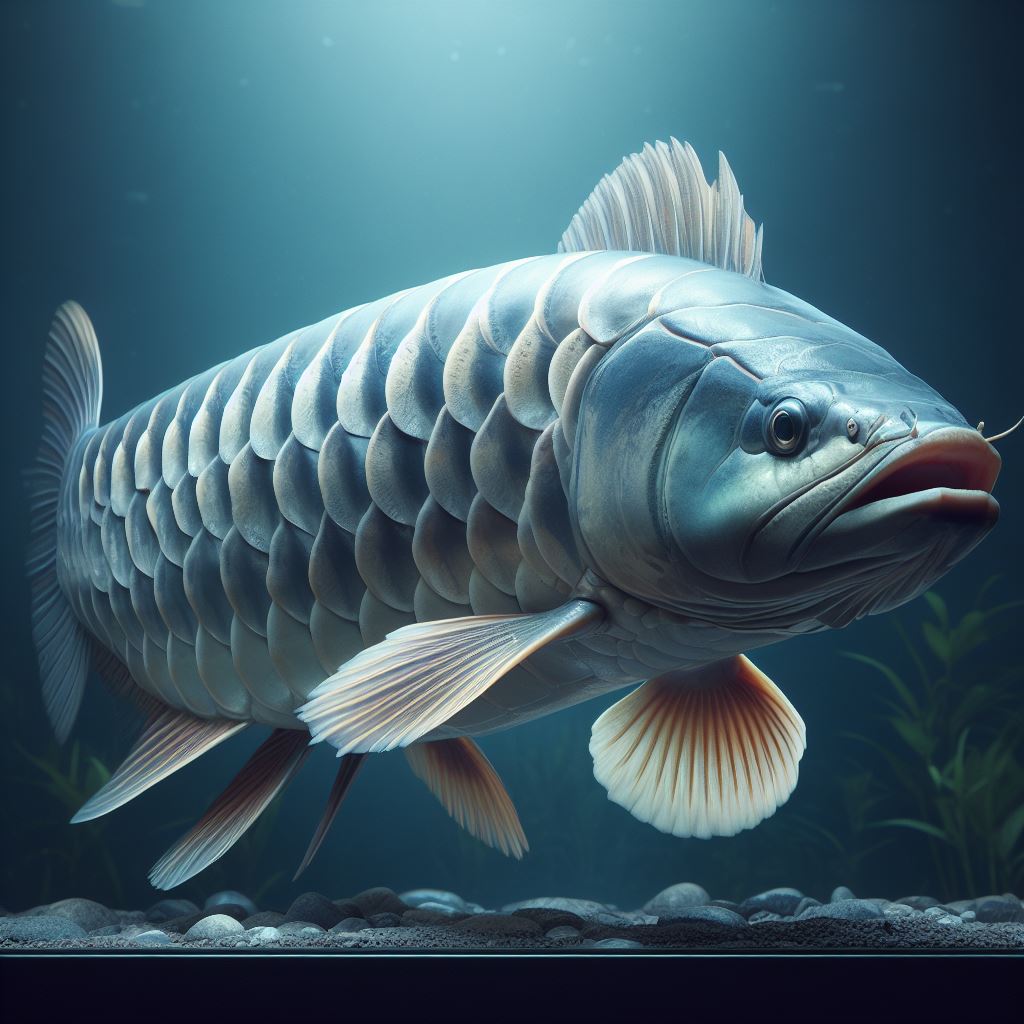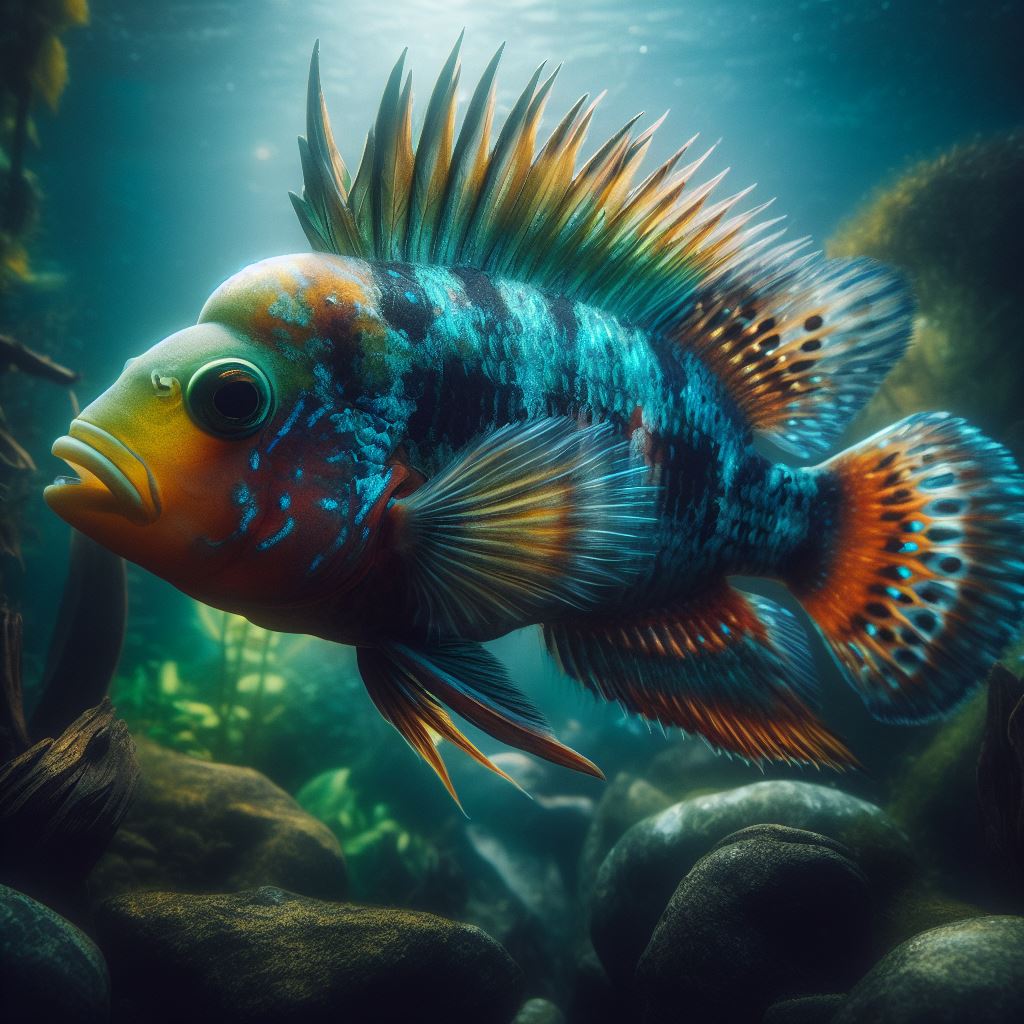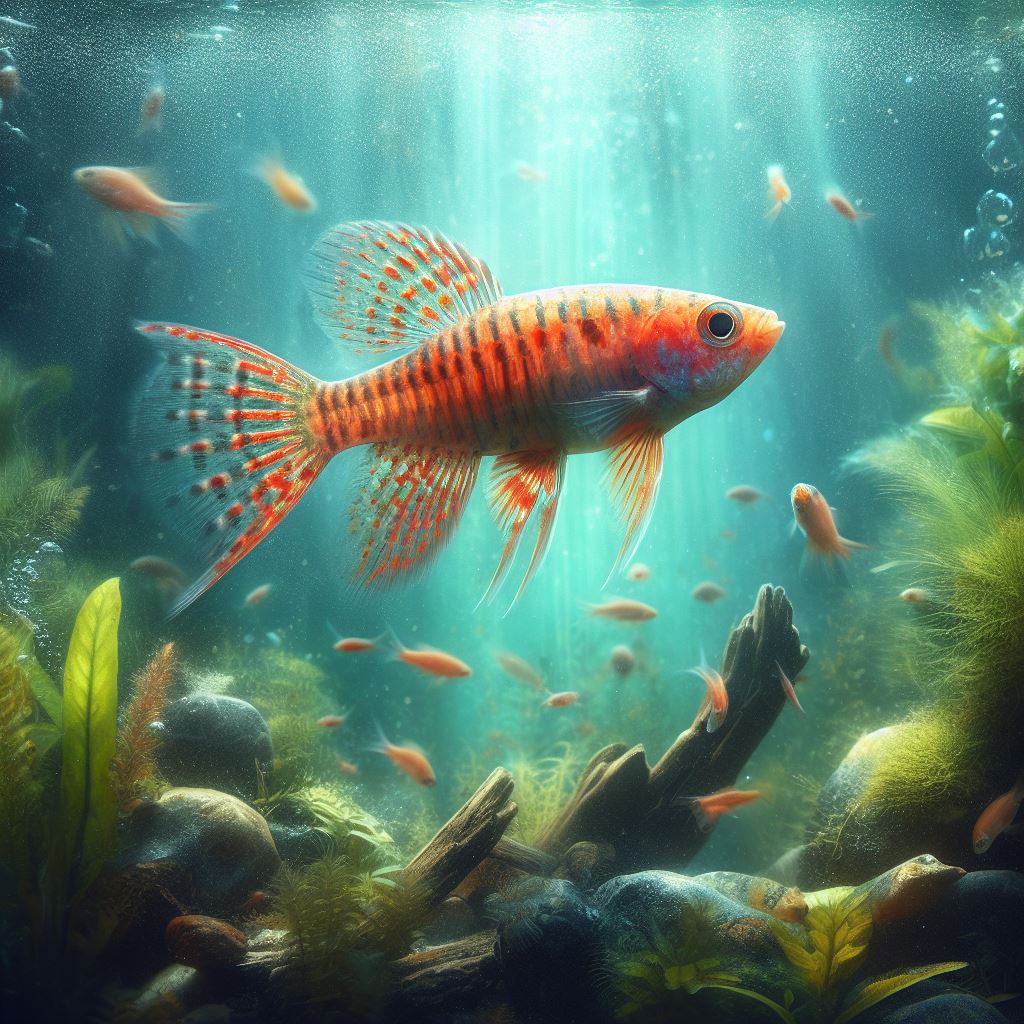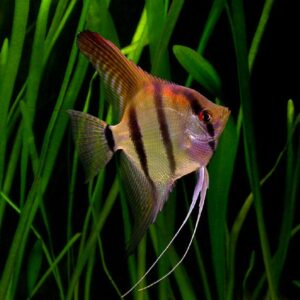In the colorful realm of aquatic pets, Betta fish stand as vibrant emblems of beauty and grace. Originating from the rice paddies and slow-moving waters of Southeast Asia, these captivating creatures have captured the hearts of aquarists worldwide. Yet, beyond their ornamental allure lies a delicate balance of care and understanding that defines their well-being.
Ensuring the proper care of Betta fish is not merely a responsibility; it is a commitment to upholding the natural splendor of these remarkable beings. In this comprehensive guide, we delve into the intricate world of Betta fish, exploring their origins, unique characteristics, and the art of responsible ownership. Join us on this educational journey as we unravel the secrets to maintaining a thriving Bettas habitat, understanding their behaviors, and addressing their health needs.
Understanding Betta Fish
Origin and Habitat of Betta Fish
Betta fish, scientifically known as Betta splendens, trace their ancestry to the lush waters of Southeast Asia. Originating from countries like Thailand, Cambodia, Vietnam, and Malaysia, they are accustomed to the calm, shallow waters of rice paddies and stagnant ponds. This natural habitat has sculpted their resilience and adaptability, making them suitable companions for the seasoned aquarist.
Different Species and Varieties of Betta Fish
Within the Betta genus, a kaleidoscope of species and varieties exists, each boasting its unique charm. From the striking veils to the regal crowntails, Betta fish come in an array of shapes and colors. Understanding these varieties is essential, for it allows enthusiasts to appreciate the diversity within this captivating species.
Unique Characteristics: Labyrinth Organ, Color Variations, and Fins
One of the Betta fish’s most intriguing features is its labyrinth organ, an evolutionary marvel that enables them to breathe oxygen directly from the air. This labyrinth organ allows them to thrive in oxygen-deprived waters, a characteristic that sets them apart from other fish species. Additionally, their vivid hues, ranging from iridescent blues to fiery reds, and the graceful flow of their fins make them living canvases of natural artistry.
Setting Up the Ideal Betta Fish Habitat
Selecting the Right Aquarium: Size and Shape Considerations
Creating a conducive environment for Bettas begins with selecting an appropriate aquarium. Contrary to common misconceptions, Betta fish require ample space to thrive. A tank of at least 5 gallons provides the necessary room for exploration and exercise. Additionally, the tank’s shape should prioritize horizontal space over height, mimicking its natural habitat.
Importance of Heating and Filtration Systems
Maintaining a stable environment is paramount in Betta’s care. A reliable heater, calibrated to maintain the water temperature between 75-80°F (24-27°C), replicates their tropical origins. Coupled with an efficient filtration system, it ensures the removal of toxins and keeps the water pristine, fostering a healthy habitat.
Water Parameters: Temperature, pH, and Hardness
Betta fish thrive in slightly acidic to neutral water conditions with a pH ranging from 6.5 to 7.5. Monitoring water hardness, measured in degrees of hardness (dH), is equally vital. Ideally, water hardness should range between 3-5 dH, ensuring optimal health and vitality.
Decorations and Plants: Creating a Comfortable Environment
Enriching the aquarium with live plants and appropriate decorations not only enhances its aesthetic appeal but also provides essential hiding spots for Betta fish. Soft-leaved plants like Java fern and Anubias serve as ideal resting places, while gentle lighting replicates the dappled sunlight of their natural habitat.
IV. Feeding and Nutrition
Proper Diet: Betta Pellets, Flakes, and Live/Frozen Foods
A balanced and nutritious diet is pivotal to the well-being of Betta. High-quality Betta pellets serve as a staple, offering essential proteins and nutrients. Supplementing their diet with occasional live or frozen foods like brine shrimp or bloodworms not only enriches their diet but also stimulates their natural hunting instincts.
Feeding Schedule and Portions
Establishing a consistent feeding schedule is crucial. Betta fish should be fed small portions, ensuring they consume their meal within a few minutes. Overfeeding can lead to digestive issues and compromised water quality. A disciplined approach to feeding supports their health and vitality.
Dietary Supplements for Betta Fish
Occasional dietary supplements, such as vitamins and mineral-rich supplements, bolster their immune system and enhance their colors. However, moderation is key; excessive use of supplements can disrupt the delicate balance of their diet. Consultation with a veterinarian or an experienced aquarist is advisable for tailored supplementation guidance.
V. Betta Fish Behavior and Social Considerations
Understanding Aggression in Male Bettas
Male Betta fish are inherently territorial and, when placed in proximity to one another, can display aggressive behavior. It is imperative to provide them with individual spaces to prevent conflicts. Aggression is not a sign of hostility but rather a natural behavior rooted in their survival instincts.
Compatible Tankmates for Betta Fish
Careful consideration is required when selecting tankmates for Betta fish. Peaceful companions like certain species of tetras, snails, or shrimps can coexist harmoniously. However, aggressive or nippy species should be avoided to prevent stress and potential harm to the Betta.
Behavioral Cues: Signs of Health and Distress
Observing Betta fish closely reveals subtle behavioral cues indicative of their well-being. Vibrant colors, active swimming, and interactive responses denote good health. Conversely, lethargy, loss of appetite, or hiding are signs of distress or illness. Regular monitoring allows for timely intervention, ensuring a high quality of life for these captivating aquatic companions.
VI. Breeding Betta Fish
Courtship Rituals and Nest Building
Betta fish breeding is an intricate dance, a ballet of courtship rituals and nest building. When a male Betta is ready to mate, he constructs a delicate bubble nest at the water’s surface using bubbles coated with saliva. This meticulously crafted structure serves as a haven for the upcoming fry, emphasizing the paternal care exhibited by the male Betta.
Spawning Process and Caring for Fry
The female Betta, adorned in subdued colors, approaches the nest. The male entices her with vibrant displays, leading to a synchronized embrace where eggs are released and fertilized. The male then gathers the eggs, placing them gently into the bubble nest. After the female’s departure, the male assumes sole responsibility for guarding the nest and ensuring the fry’s safety upon hatching.
Tips for Responsible Breeding Practices
Responsible breeding demands meticulous planning and a deep understanding of genetics. It is crucial to breed Bettas selectively, emphasizing health, temperament, and desirable traits. Additionally, providing adequate space, proper nutrition, and meticulous care for both parents and fry are essential components of ethical breeding practices. Responsible breeders contribute to the preservation and betterment of Betta fish, enriching the hobbyist community.
VII. Common Health Issues and How to Address Them
Common Betta Fish Diseases: Fin Rot, Ich, Velvet, etc.
Betta fish, despite their hardy nature, are susceptible to various diseases. Common ailments include fin rot, characterized by deteriorating fins, ich, which manifests as white spots resembling salt grains, and velvet, a parasite-induced disease causing a golden sheen on the fish. Prompt identification and targeted treatment are imperative in combating these ailments effectively.
Recognizing Symptoms of Illness
Vigilant observation is key to identifying signs of illness. Faded colors, clamped fins, abnormal swimming patterns, or visible growths may indicate underlying health issues. Consulting a veterinarian specializing in aquatic animals ensures accurate diagnosis and appropriate treatment.
Preventive Measures and Proper Quarantine Procedures
Prevention is the cornerstone of Betta fish health. Quarantining new fish before introducing them to an existing aquarium prevents the spread of potential diseases. Regular water changes, maintaining optimal water parameters, and providing a balanced diet bolster their immune systems, reducing susceptibility to diseases. A vigilant approach to prevention ensures a thriving, disease-free aquatic community.
VIII. Tips for Responsible Betta Fish Ownership
Importance of Research and Education
Embarking on the journey of Betta fish ownership demands a commitment to education. In-depth research equips enthusiasts with the knowledge required for providing optimal care. Understanding the intricacies of their habitat, behavior, and dietary needs lays the foundation for a fulfilling and responsible ownership experience.
Encouraging Ethical Breeding and Purchasing Practices
Supporting ethical breeding practices is paramount in preserving the integrity of Betta fish as a species. Responsible breeders prioritize the health and well-being of the fish over indiscriminate breeding for profit. By choosing reputable breeders and avoiding sources that promote mass production, enthusiasts actively contribute to the welfare of Betta fish and discourage unethical breeding practices.
Creating Enriching Environments: Toys and Interaction
Betta fish, despite their solitary nature, benefit from mental stimulation and enrichment. Providing gentle, non-disruptive toys and structures within the aquarium promotes exploration and curiosity. Additionally, occasional interaction, such as observing their activities or providing live food for mental stimulation, fosters a sense of engagement, enhancing their overall well-being.
IX. Conclusion
In the intricate tapestry of Betta fish care, understanding their origins, behaviors, and habitat requirements is indispensable. From the mesmerizing labyrinth organ to the delicate art of responsible breeding, each aspect of Betta fish ownership has been meticulously explored.
The joy derived from nurturing vibrant, healthy Betta fish is immeasurable. Witnessing their graceful movements and vibrant colors is a testament to the rewarding nature of responsible pet ownership. By embracing the knowledge shared in this guide, enthusiasts can create thriving aquatic ecosystems, fostering the well-being of these enchanting creatures.

